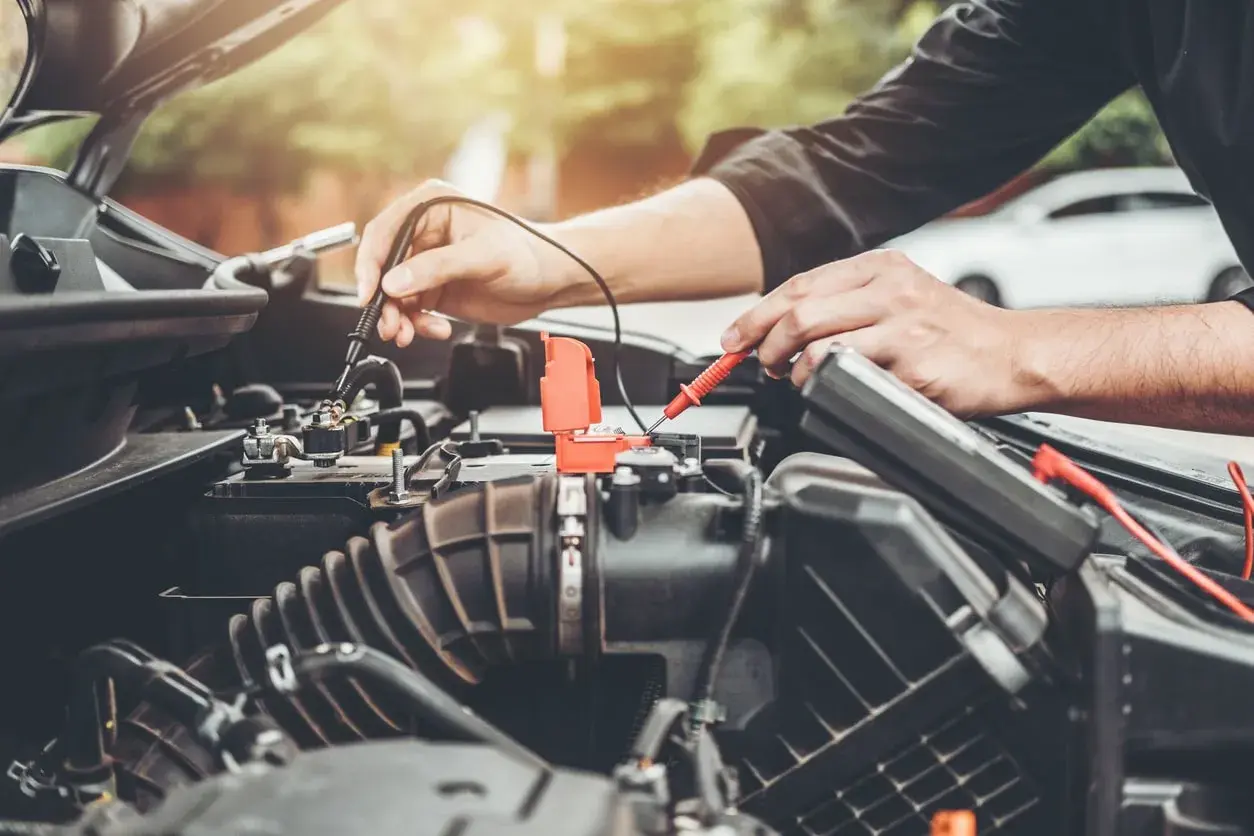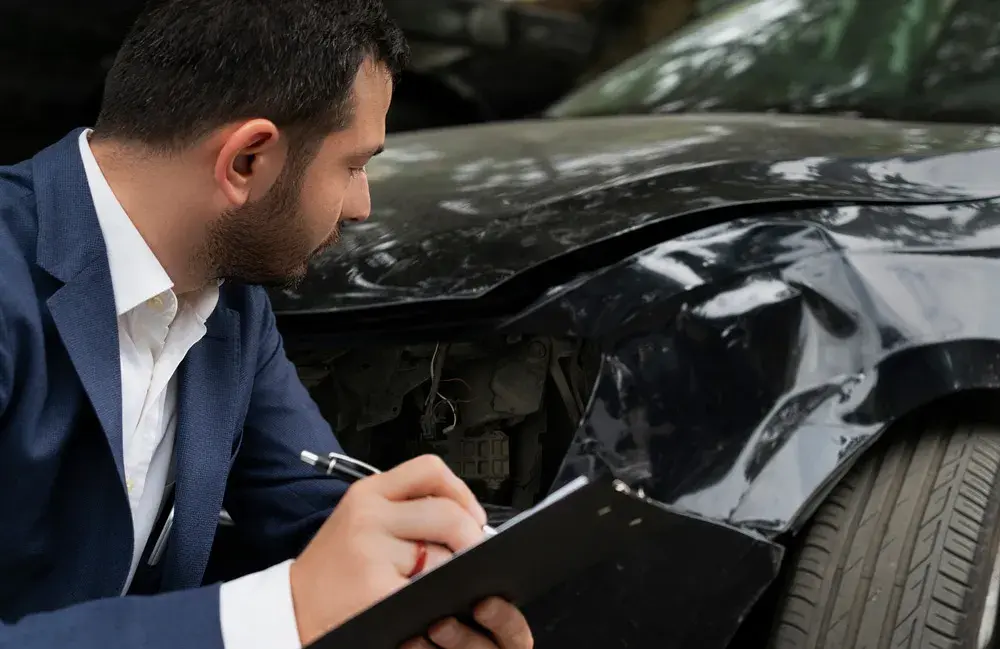Basic mechanical tips
We want to give you some basic mechanical tips to help you to get out of a tight spot at any time and prevent unforeseen events.
To verify the level of oil, you must park your vehicle on a piece of flat land and wait for the engine to cool down. Locate the oil measuring rod and take it out, making sure that you clean it with a clean cloth. Then push it backwards in the dip tube until the end and remove it again. See where the level of oil reaches. If it lies between the two points of the measuring rod, the oil level is correct. If it is too low, add approximately 100 ml of new oil. Consult your user manual to know what type of oil your vehicle needs.
For the cooling system to work perfectly, it must be at a certain level that you must check constantly. The coolant or the water boil each time you use your vehicle; therefore, it is important to check the water pump since, if it does not have the correct amount, the engine will begin to overheat and it will run the risk of melting. To do so, follow these steps:
-
Open the car bonnet and locate the radiator tap close to the front of the vehicle.
-
When you find it, you will see a warning sign that will tell you never to open the lid when it is hot.
-
Never touch the lid when the car is on or has been used recently.
-
The engine must be lukewarm or cold before being able to touch the water lid.
-
Use a cloth to turn the radiator lid with your hand. This will help you to protect yourself from the heat and to be able to have a better grip of the lid.
-
Look in the hole to see how much water and anti-freeze there are in the radiator. If it is full to the top, everything is perfect. If it is lower, you will need to add water and anti-freeze. Remember that both must be added in equal portions.
Brake fluid is a hydraulic liquid that makes it possible to transfer the force exercised on the brake pedal to the brake cylinders in the wheels. To measure it correctly follow these steps:
-
Find the brake fluid deposit situated in the brake’s master cylinder. The cylinder is in the back part of the engine on the driver’s side. A lid covers the deposit.
-
Check the level of brake fluid in the cylinder. You will see that the deposit is identified with clearly-marked maximum and low-level lines. Simply observe where the brake fluid is in comparison with the level markers.
-
If it is low, add a little bit more but do not exceed the level. Lastly, close the lid well.
It is a basic repair provided that you have the necessary tools at hand (jack, spanner and fully inflated spare tyre):
-
Park your car in a safe place and check that the handbrake is activated to prevent your car from sliding.
-
Loosen the tyre screws with a wrench, but do not take them off fully.
-
Place the hydraulic jack under the area of the tyre that you are going to change and make sure you lift it up by the chassis and not by the bodywork.
-
Lift it up until there is a gap of four centimetres from the floor.
-
Fully remove the screws, but diagonally, when the vehicle has been lifted.
-
Remove the wheel, fit the new one and tighten the screws.
-
Lower the vehicle, take off the jack and ensure that the screws have been well tightened.
Tyres that have not been correctly inflated increase the possibilities of punctures and reduce fuel efficiency. Regularly control tyre pressure to detect problems in time.
It is important to know what our car is trying to tell us when a dashboard light is illuminated. Hence, always have the manufacturer’s manual at hand to be able to identify them and consult the meaning of these warning signs and know what to do in each case.




